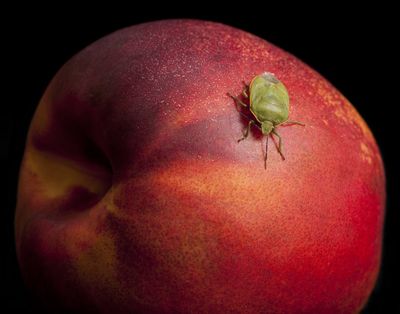Common Nectarine Insect Pests
Very similar to peaches, nectarines are loved for their sweet, juicy flesh. Available in both freestone and clingstone varieties, nectarines and peaches are often used interchangeably in cooking. Not surprisingly, both fruits often face the same pests in the garden. Controlling nectarine pests in the home orchard will help to maintain plant vigor, as well as help to prevent nectarine pest problems in the future.
Peach Twig Borer
Peach twig borers inhabit and impact many different parts of peach and nectarine trees. Larvae invade the limbs and new growth, causing these sections of the plant to die. Depending upon the stage of fruit development, pests may also burrow into immature nectarine fruit. Growers may notice small sections of wilted leaves on tree limbs, among the first signs of borer activity. Though damage caused by these insects may be frustrating, issues within home gardens is generally minimal, and does not require treatment.
Greater Peach Tree (Crown) Borer
Infestations of peach tree borer are most often found at the base of trees. The first symptom usually presents itself in the form of sap or frass collecting at the soil line around the trunk of the tree. You may also notice what appears as sawdust. Once inside, the larvae continue to feed and damage the inside of the tree. Due to the nature of this borer, prevention by protecting the base of the trees is the best option.
Green Peach Aphids
Many seasoned gardeners are familiar with aphids. Aphids may also choose nectarine trees and fruits and ideal host plants. The aphids feed on sap within the plant, and leave behind a sticky residue called “honeydew.” Luckily, damage from these pests is relatively minimal. In most cases, the presence of aphids will not drastically impact the health of the orchard.
Other Nectarine Pest Problems
Additional bugs that eat nectarines include:
Earwigs Oriental Fruit Moth Plum Curculio Stink Bugs Western Flower Thrips White Peach Scale
